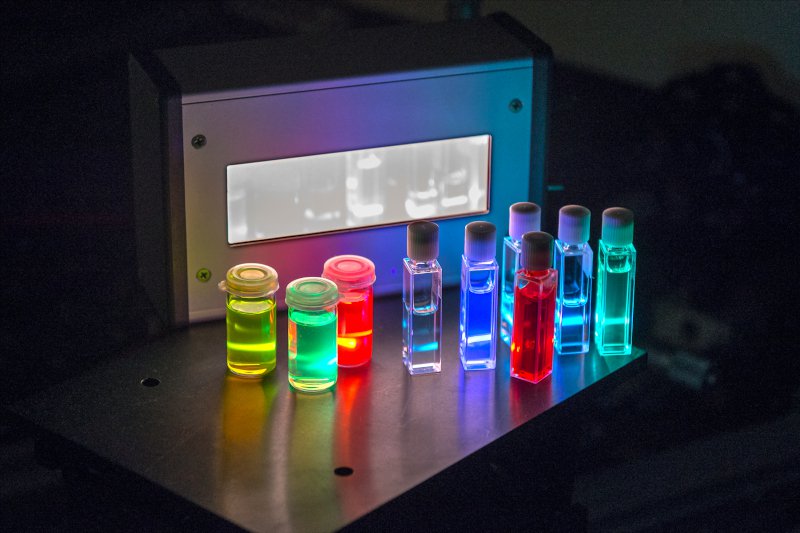Contact Person
Contact information:
Address:
Experimentalphysik IV
Institut für Physik
Universit?t Augsburg
Universit?tsstr. 1
86159 Augsburg
Phone: +49 821 598 -3402 (Office)
Fax: +49 821 598 -3425
E-Mail: sekretariat_ep4@physik.uni-augsburg.de (Office)
?
Building: R







